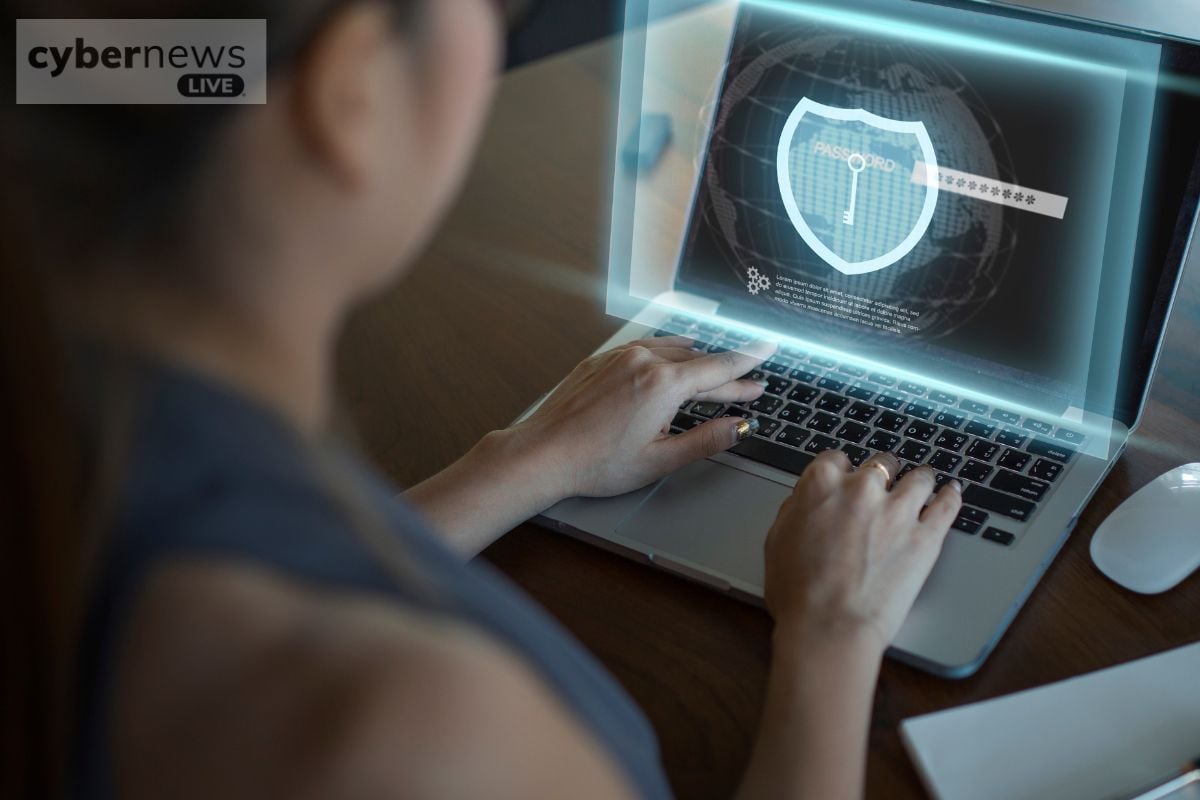
4 Metrics to Show the Effectiveness of Your Cybersecurity Program
As cyber attacks and data breaches seem enormous in the modern digital age, cyber security is of the utmost importance. However, installing a strong cyber security program is only the beginning. Businesses must evaluate particular Key Performance Indicators (KPIs) to accurately assess the performance of a cyber security program. This article goes into four important metrics that provide insight into the program’s performance: cyber security incident response time, mean time to detect (MTTD), mean time to resolve (MTTR), and security posture improvement rate. Monitoring and enhancing these variables can help businesses recognize, respond to, and mitigate cyber threats more quickly and effectively. Finally, a proactive and data-driven approach to cyber security measurement and evaluation can increase cyber resilience while protecting digital assets, reputation, and business continuity. Tune in to Cyber News Live for professional insights and actionable ideas to keep ahead of the ever-changing cyber security scene.
Cyber security must be prioritized in today’s digital landscape when cyber threats loom large and data breaches are an ongoing concern. However, implementing robust security measures is only the first step. However, implementing robust security measures is only the first step. To effectively assess the performance of a cyber security program, companies must measure and evaluate certain KPIs. These metrics provide important insights into the program’s effectiveness, suggest areas for improvement, and help in the efficient allocation of resources to effectively minimize cyber risks. In this article, we will look at four important metrics businesses may use to assess the performance of their security programs.
1. Cyber Security Incident Response Time: One of the most critical metrics for assessing cyber security program effectiveness is incident response time. This metric measures the time it takes for the organization to detect, analyze, and respond to a security incident. A shorter response time indicates that the organization is effectively identifying and containing threats, minimizing potential damage and disruption.
Conversely, a prolonged response time suggests weaknesses in the incident detection and response processes, which could result in greater risk exposure and longer recovery times. By monitoring and optimizing incident response time, organizations can enhance their ability to mitigate cyber threats swiftly and effectively.
2. Mean Time to Detect (MTTD): Mean Time to Detect (MTTD) is another crucial metric that measures how quickly an organization identifies security incidents once they occur. MTTD reflects the effectiveness of the organization’s monitoring and detection capabilities, including the use of intrusion detection systems, security information and event management (SIEM) tools, and threat intelligence sources.
A shorter MTTD indicates that the organization can promptly identify and assess potential security breaches, allowing for timely intervention and mitigation efforts. On the other hand, a prolonged MTTD suggests gaps in monitoring processes or insufficient visibility into the organization’s digital assets and networks. By reducing MTTD, organizations can improve their cyber resilience and minimize the impact of security incidents.
3. Mean Time to Resolve (MTTR): Mean Time to Resolve (MTTR) measures the average duration it takes for an organization to remediate and recover from a security incident once it has been detected. This metric encompasses the time required to contain the incident, investigate its root cause, implement corrective actions, and restore affected systems and services to normal operation.
A shorter MTTR indicates that the organization has efficient incident response processes in place, enabling rapid containment and recovery. Conversely, a prolonged MTTR suggests inefficiencies in incident response workflows, inadequate resource allocation, or complexity in resolving security incidents. By optimizing MTTR, organizations can minimize downtime, mitigate financial losses, and maintain stakeholder trust in their ability to manage cyber security risks effectively.
4. Security Posture Improvement Rate: The Security Posture Improvement Rate measures the rate at which an organization enhances its overall security posture over time. This metric takes into account various factors, including the implementation of security controls, the adoption of best practices, and the completion of security awareness training programs. By tracking changes in the security posture improvement rate, organizations can assess the effectiveness of their cyber security initiatives and gauge progress towards achieving their security objectives.
A higher improvement rate indicates proactive efforts to strengthen security defenses and adapt to evolving threats, while a stagnant or declining rate may signal complacency or resource constraints. By focusing on continuous improvement and aligning security investments with strategic priorities, organizations can enhance their cyber resilience and reduce the likelihood of successful cyber attacks.
Conclusion
In short, evaluating the effectiveness of a cyber security program requires the measurement and analysis of specific metrics that provide insights into incident response capabilities, detection and response times, and overall security posture. By monitoring key metrics such as incident response time, mean time to detect, mean time to resolve, and security posture improvement rate, organizations can identify areas for improvement, optimize resource allocation, and strengthen their defenses against cyber threats.
By adopting a proactive and data-driven approach to cyber security measurement and assessment, organizations can enhance their cyber resilience and safeguard their digital assets, reputation, and business continuity in an increasingly complex threat landscape.
CTA
Take advantage of the expertise, guidance, and actionable strategies available to safeguard your data. Stay ahead in the realm of cyber security by tuning in to Cyber News Live for insightful updates, cutting-edge advice, and practical solutions.




